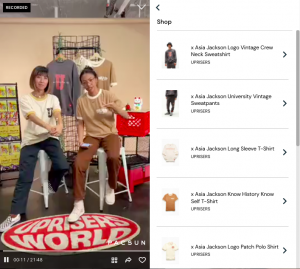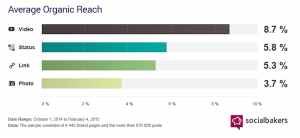Employee advocacy can be a polarizing concept. In principle, employees acting as brand ambassadors through their personal social channels sounds like a great idea. But naturally there are alarm bells. Should companies really trust employees with their brand on the world’s most rapidly growing communication medium?
After all, trust is what employee advocacy is all about. The beauty of employees sharing content is the fact their networks view it as far more authentic than any impersonal corporate post. According to a Nielsen’s 2013 Global Survey of Trust in Advertising, 84 percent of respondents said they considered recommendations from friends and family to be the most trustworthy.
In the best case scenario, the employee will help to increase reach, traffic and brand awareness; all with a more personal human touch. However, management can hardly be blamed for remaining hung-up on the worst case scenario: namely ill-informed, careless or even discontented employees torpedoing the company’s social media presence with the kind of post no delete button can ever take back.
Nevertheless, I would advise just going for it, and doing it now. With a slight change of culture and the right tools you won’t just have to hope for the best, you can prepare for it.
The walls are already collapsing
The fear of conflict between employee-posting and the company line gave rise to the strict social media policies some companies still enforce today. However, this is an age where even the US military can’t keep all its cards close to its chest. Consequently, more companies are realizing they can no longer shelter their brand behind a wall of static, tightly governed marketing material. And those that step out are discovering that far from being a risk, an employee with a like button and a feeling of involvement is an invaluable asset.
There are just some vital steps to be taken before the sharing fest can begin.
Plan processes and prep people
Before giving the green light, management needs to establish clear processes and goals including performance metrics. Employee advocacy generally means a shift in workloads and structure as well as mindset, and additional resources may be necessary.
Ideally, phase the concept in incrementally. Every office has its social media aficionados, and identifying these and getting them onboard is a wise first step. On the same note give some thought to training the less social media savvy types, especially as these tend to clench up at the merest mention of hashtags. And it’s crucial that employees understand exactly what’s in it for them – performance recognition is one way to motivate. Perhaps emphasize that while this may not be exactly what they signed up for, they will still be taking away some highly current and practical skills.
It’s also a good idea to group people according to the type of involvement they are most comfortable with. Some will only want to share content while others will enjoy more engaging customer support roles. Management too will need to have their roles clearly defined, and any worries addressed, well in advance.
You need the right tools
Ensuring you don’t have to scramble for that delete button comes down to having the right tools governing what goes out. There are a number available but they all work by centralizing and distributing the content you want to share. The easier these are to use the faster their adoption by everyone will be. An accessible and updated content pool requiring minimal effort will go a long way in helping employees stay on-brand and in a sharing frame of mind.
And tight messaging
To keep messaging fresh, varied and impactful, content needs to be broken down to its essence so it will make sense to everyone. That means key points, ideally with a few variations to avoid repetition or add relevance to different departments–with room for people to add a little personal flavor. This can be an enlightening exercise with wider application because it gives the company a chance to review all content, while gauging how well employees understand USPs. The payoff will be a pool of people with the insight and confidence to talk brand both online and off.
A stronger sense of community, in-house and out
Not only does employee advocacy embrace the reality that the lines between internal and external communication are blurring, it empowers employees as active contributors to your brand. It does mean a culture change–but a positive one in which a greater sense of involvement and community is established. This in turn will resonate in your social media engagement with your market. Wouldn’t you warm to a company whose people are obviously proud of it?
And ultimately this communication crossover was inevitable–social media by its very nature will not be fenced in. With the right groundwork and culture in place, companies can open the gate with confidence.
(208)
Report Post






